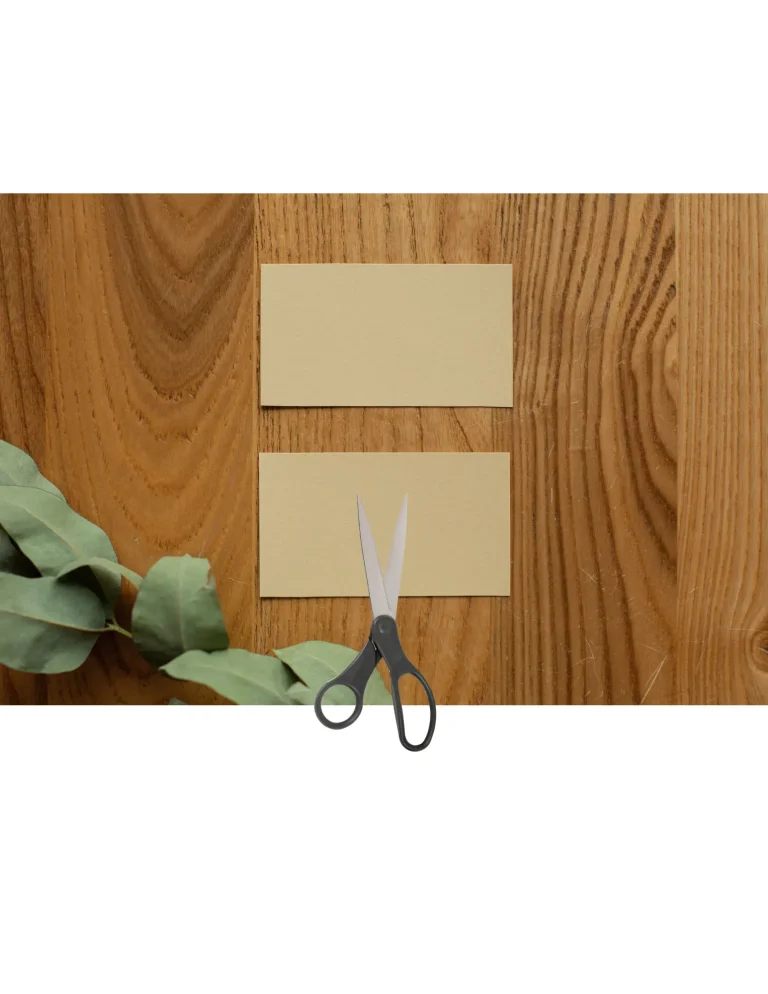Number Sense for Dyscalculia & Math Intervention: Remember your Ten Fingers?

Where should we start when we’re trying to improve number sense for our students with dyscalculia or math learning challenges?
I talk to a lot of parents who tell me their kids lack number sense and need to develop it. Some of these kids have a formal diagnosis of a learning disability in math, dyscalculia. Others do not have a diagnosis and are looking for early intervention.
When I hear that a student has weak foundational number sense and difficulty with numbers, I often like to start with the number 10.
We have 10 fingers and 10 toes. Ten is a hugely important number in our base 10 number system. We have ten digits to work with. Our place value system revolves around groups of ten.
Yet, I meet so many students struggling in math that aren’t deeply aware that they have ten fingers. The students haven’t had a chance to learn the important corresponding math equations and concepts that they can figure out from just their ten fingers.
Check automaticity of showing fingers rather than assuming mastery
If students aren’t yet deeply familiar with their fingers and that we have 10 of them we can start by practicing holding up a number of fingers and making a game out of it.
Show me three fingers.
Show me eight.
Show me four.
Show me six.
Some of my students have benefitted from lightly touching their fingers and counting with them to provide sensory feedback.
Some students have enjoyed put a sticker on each finger.
Some have enjoyed tracing their hands.
By the way, this isn’t just for young children. I have also taught this to many older students who hadn’t mastered it yet.
With any instruction, we want to move through it at the pace the student needs to be successful. If they already know this, super. Move on!
For numbers between 5 and 10, I teach students how to start with counting by five fingers at a time so that they are not starting with 1 every time.
Show me seven.
After they hold up seven,
I point to the whole hand of five and say: five. Then I model counting on and put up two more fingers for six and seven.
When the student is ready, I focus on combinations of fingers that add to 10.
We look at how many fingers are up and how many fingers are down to show what’s adding to 10
I want my students be familiar with everything that adds to 10 so they can rattle it off as effortlessly as possible.
one and nine, two and eight, three and seven, four and six, five and five….
Connect it to math equations
From these combinations of ten, my students love learning to make math equations that add to 10 and prove it with their fingers.
Instead of being presented with a worksheet, students build math confidence by creating their own equations and worksheets.
Many of my students enjoy practicing math by making focused Memory Games or Go Fish Games that they can be successful with.
After they get the addition equations down, I extend it to subtraction so that we can study the relationship between addition and subtraction.
10 – 1 is 9
Why?
Because one and nine add to 10 and we can prove that with our fingers.
When I go back to the ten fingers, just as a starting place, I’ve observed student after student with dyscalculia open up to math, build confidence, reduce math anxiety, and begin to change their relationship to numbers.
It’s a lot of fun to see their smiles.



